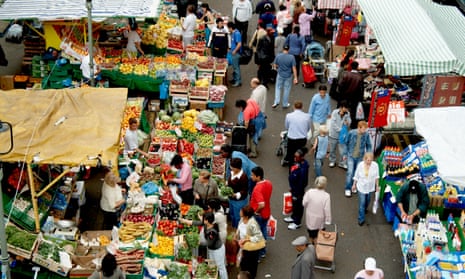The UK has slumped to the bottom of the league table of advanced economies after Canada registered stellar growth in the first three months of the year.
Canada was the final member of the G7 to report its growth figures, which confirmed the UK as officially the joint worst performing member so far this year. The announcement marked a significant decline for the UK economy, which a year ago was outshining Germany, the US and Japan. In February it was announced that Germany had pipped the UK as the fastest-growing G7 nation during 2016 by 10 basis points.
However, the latest figures for Canada, which showed that growth accelerated to 0.9% in the first quarter, putting it top of the G7 performers, has left Britain languishing alongside Italy at the bottom of the table. Germany is in second spot at 0.6%, followed by Japan with 0.5%, France 0.4% and the US at 0.3%. The UK and Italy are then level on growth of just 0.2%.
The sluggish expansion in the first quarter provides the latest evidence that the early resilience to the EU referendum result last June is now wearing off as higher inflation puts consumers under pressure. Prices have been increasing since the Brexit vote because the referendum result sent the pound sharply lower and has raised the cost of imports to the UK. That higher inflation has hit household budgets and dented the main driver of UK growth, consumer spending.
The Bank of England said earlier this month that it expected GDP growth would edge up marginally to 1.9% for 2017 from 1.8% in 2016. But it warned that living standards would fall this year because inflation would be higher than pay growth.
Credit ratings agency Moody’s added on Wednesday that the Brexit-related slowdown in the UK had been more modest than expected and that it had raised its forecast for growth this year to 1.5% from 1%. It added: “Nonetheless, Moody’s still expects weaker growth as investment spending slows as Brexit negotiations get under way and consumers feel the impact of accelerating inflation.”
There do not appear to be any such concerns in Canada, however, where the national statistics agency said real gross domestic product grew at an annualised rate of 3.7% in the first three months of the year, helped most recently by a boost to household spending and a turnaround in business investment. The figure was below expectations of 3.9%, according to Thomson Reuters, but was still lauded by economists.
“At the end of the day, we have to call it strong no matter what,” said Derek Holt, an economist at Scotiabank. “A lot of other countries would like to be in this position. If we continue to get growth numbers like this, absent trade policy risks, it’s going to be tougher for the Bank of Canada to avoid rate hikes at some point in the distance,” Holt said.
The Canadian economy also appeared to be on a solid footing going into the second quarter, with growth rising by a better-than-expected 0.5% in March on the back of stronger activity in the manufacturing and retail trade sectors.
Growth was also supported by businesses rebuilding their inventories, which economists said could be reversed in coming quarters. Meanwhile, consumers continued to spend, particularly on vehicles. Wages rose by 1% compared with the previous quarter and the savings rate fell to 4.3% from 5.3%.
